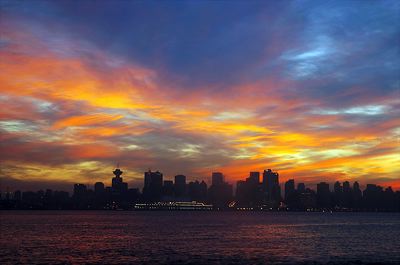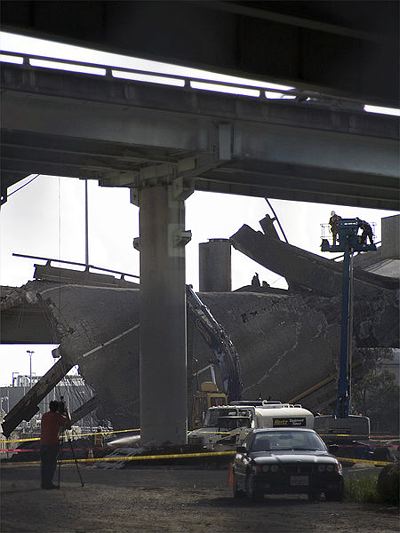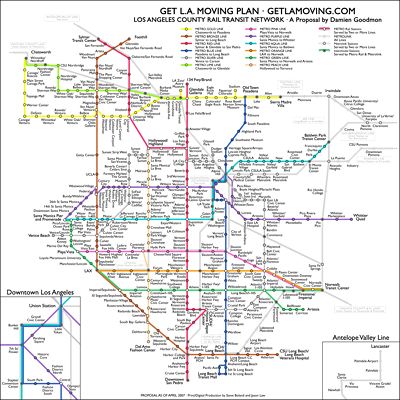The American Planning Association celebrates November 8 as “Town Planning Day,” so the Antiplanner will celebrate calendrically opposite May 8 as “Anti-Town Planning Day.” In fact, this is Anti-Town Planning Week, and each day the Antiplanner will present an example of bad city or town planning.

Vancouver skyline. Flickr photo by mureena.
First up is Vancouver, BC, a city of 580,000 people. Under British Columbia law, every city in the province must have a city plan, and those plans must meet a variety of goals, including supporting “the unique character of communities.”











